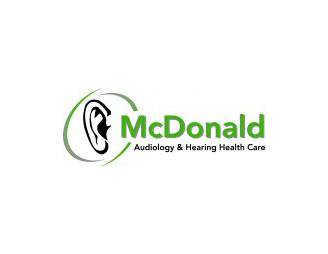America has a robust history of gun use, based somewhat on the TV and movies we knew as a kids, which contained pictures of cowboys and policemen firing guns almost constantly. These visuals appear to have made a lasting impression, because many millions still enjoy shooting guns, either at firing ranges or while hunting. The piece of information not thoroughly conveyed to these millions of gun users is that the people firing guns on TV and in motion pictures most likely ended up deaf, or battling with serious hearing disabilities.
Loss of hearing from noise exposure, termed noise-induced hearing loss or NIHL, is one of the most widespread forms of hearing impairment. Noise-induced hearing loss has two primary sources. Transient high noise levels, such as gunfire or explosions, and sustained high noise levels, such as working around heavy machinery
Sound levels are measured on the decibel scale. Zero decibels is total silence. A library is around 40 decibels. A normal conversation measures around 50 to 60 decibels. Note that the decibel scale is a log scale. A value of 60 is twice as loud as 50, and 70 is four times as loud as 50. Extended exposure to noises in excess of 90 decibels may lead to long term, noise-induced hearing loss after only a couple of weeks. Ear damage may also occur much faster – within a few minutes – from encounters with higher decibel sound levels, such as the 120 decibels at a rock concert. The typical gunshot has a volume of 140 decibels.
One matter that gun enthusiasts and hearing professionals concur on is that no one should be firing a gun without using some sort of ear protection. Picking out the best suited ear protection depends on the type of shooting you plan to do.
If you usually fire guns at ranges, the best hearing protection is the over-the-ear “muff” headphones, because they prevent the gunfire sounds from hitting not only your inner ears, but the cochlear bones behind them. Many sport shooters who care about their hearing combine over-the-ear ear muffs with in-the-ear foam plugs with a Noise Reduction Rating of 30 or higher, to achieve even more protection. At the high end of the price range you will also find electronic noise-cancelling headphones engineered especially for shooters, which are expensive but which will ensure the maximum levels of protection. Electronic noise-cancelling headphones have the additional advantage of enabling you to hear normal conversations while blocking out the transient gunfire sounds.
So if you like firing guns, before you next go to the shooting range, talk to your hearing care professional about ear protection. Then follow the recommendations they give, while you can still hear them saying it.

